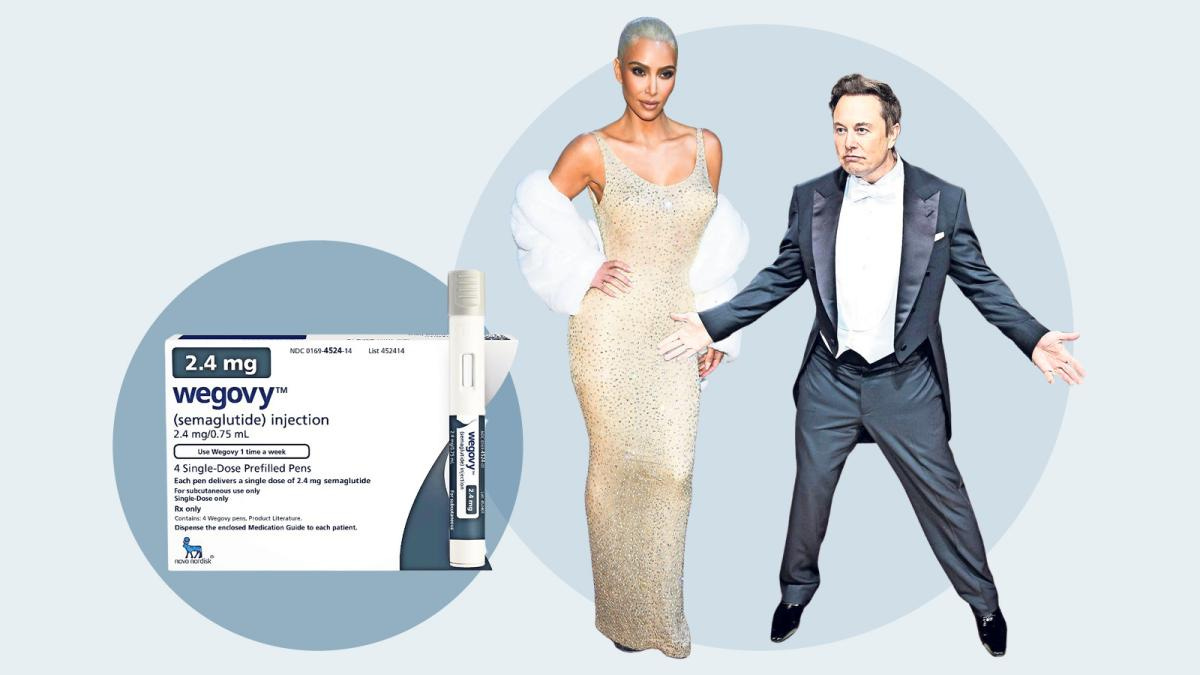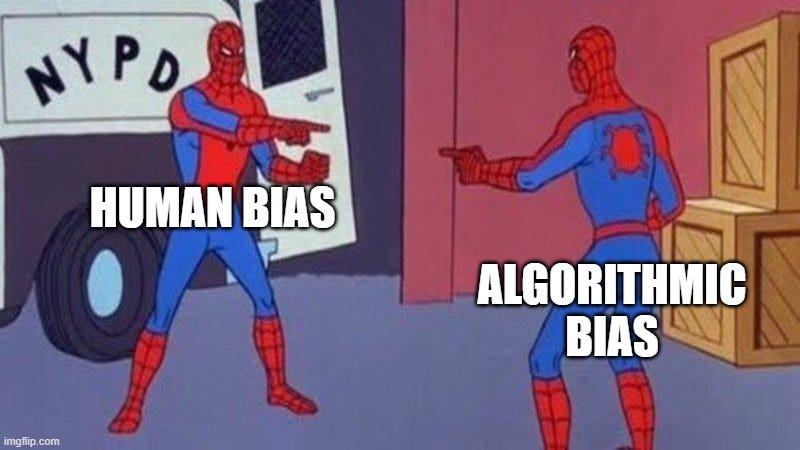#17 Nobody puts the Dr. in a corner 💃
Also: diabetes drugs debacles, fairness algorithms & sexercise.
Greetings to you too. Today’s newsletter is 600 words long, or a 2 minute read.
Think about it 💡
👩⚕️ Punish or protect. For the first time since the U.S. Supreme Court overturned Roe v. Wade, newly elected legislatures nationwide are coming into session and taking on the divisive issue of abortion. Approximately 300 bills have been introduced to date in 40 states, most of which aim to curtail abortion access. Many of these bills will not become law, but they all shed light on a critical point: doctors are the key link. Which also seems to mean that they are more likely to be subject to sanctions. At least three dozen of the bills are aimed at doctors and medical personnel as a way to control abortion.
💰 Telehealth companies have been blowing advertising dollars on GLP-1 drugs, most notably Novo Nordisk's Wegovy and Ozempic, and Eli Lilly & Co.'s Mounjaro. Though these drugs are meant to treat diabetes, they're also used off-label for obesity and weight loss. We’ve already summarized their ins and outs for ya. As a larger trend, the tech industry has been applying D2C-like business models to prescription drugs, which is usually typical of e-commerce. In the case of weight management, startups are capitalizing on the exploding demand for these drugs, popularized by social media and celebrities.
Image source: The Times
🚨 Spoiler alert, turns out that some companies are prescribing these drugs to people who are not overweight. Customers have reported not needing to disclose anything more than their preferred pharmacy, the coveted medication, and previous medical issues before receiving the drug. If this isn't a lack of medical oversight, then we’re not a crispy healthcare sandwich.
Bias in healthcare is dangerous, but so are fairness algorithms 🔍
No need to go into detail about how AI addresses the increasing healthcare needs around the world. In a 🌰🐚 , AI has the potential to enhance access to quality care, especially in places and for people who have historically been underserved. Yet there are countless examples of how AI can be skewed, ranging from racial to gender bias.
⚖️ To counter these biases, engineers are building new algorithms with fairness in mind. However, these also have their drawbacks. Algorithmic fairness relies on a simplistic definition where equity is about reducing gaps in performance or outcomes between demographic groups. Mathematically, this is often done by adjusting said performance for lowest-performing groups and degrading that for highest-performing groups.
💡 Examples show that modern fairness algorithms have limitations because they tend to create new unintended but unavoidable issues. To change this trajectory, AI must take a "leveling up" (instead of down) approach, which is significantly more challenging. It requires reconsidering AI systems from top to bottom, but also driving social change in access to care and expenditures.
Neat News 🗞️
🇪🇺 HIMSS23 European health conference will take place in Portugal and tackle key topics, including the workforce crisis. Neat.
👣 Sustainable tech company Jump has won a £690,000 contract from NHS England to develop a healthcare-specific carbon engagement tool. Super neat.
💸 Spanish women's health diagnostics startup Innitius raised €1.8 million to invest in R&D and growth. Ultra neat.
Clean Content 🧼
📊 Pretty charts and smart insights on the state of hospitals in 2023.
📚 CB Insights released its State of Digital Health 2022 report. And it's still a bit of a bummer.
🗺️ Cathy Gao from Sapphire Ventures mapped out the Digital Healthcare AI market. It’s not a bummer!
This is what you came for 🍑
🏃 An update on the age-old query of whether sex can replace your dreaded Sunday jog. The answer is moderate - which is a very apt term for anything to do with lovemaking. Researchers conducted a recent systematic review of the literature - because why not - for more sciency details. During sex, heart rates average between 90 and 130 bpm, with peaks between 145 and 170 bpm. Interestingly, women's heart rates tend to be lower than men's. Make of that what you will.
Catch you on the flippity side,






